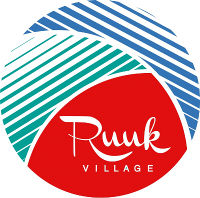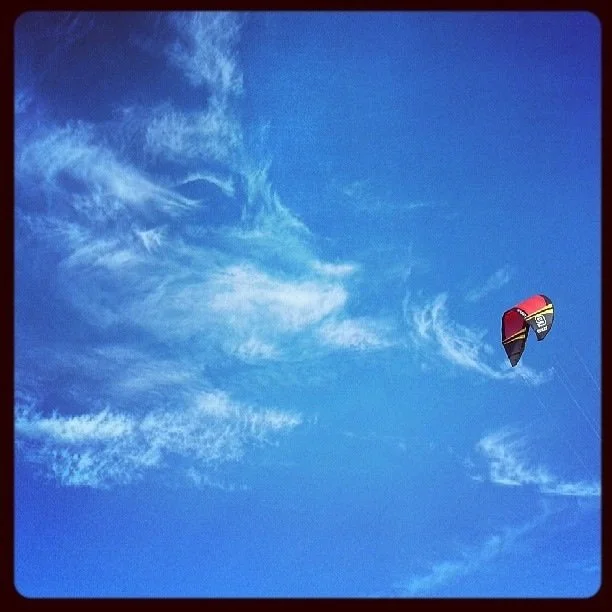Comparing Kalpitiya with other places in Sri Lanka
Exploring Kitesurfing and Tourism in Kalpitiya, Sri Lanka
Kalpitiya became famous because of the wind conditions which prevails through out the year.
Why Kalpitiya Is Different: A Thoughtful Take on Tourism, Service, and Local Roots
Welcome to our exploration of Kalpitiya, a hidden corner of Sri Lanka that’s quietly gaining attention, not just for its epic winds and flat lagoons, but for its fresh, community-rooted approach to tourism.
As someone born in Sri Lanka and now living in Europe, I’ve seen both worlds. The expectations of international travelers and the reality of building something meaningful back home. This blog is a reflection on that journey, and a guide to help you appreciate Kalpitiya for what it truly is.
🌴 A Quick Glance Back – How Tourism Started in Sri Lanka
Tourism isn’t new to Sri Lanka. It started gaining momentum as far back as 1968, with hotspots like Hikkaduwa, Unawatuna, and Mt. Lavinia near Colombo becoming beach destinations for early travelers. Family-run guesthouses popped up across the south coast simple places with good vibes and freshly caught seafood.
Then came 1983. A decades-long conflict pushed tourism into retreat. And while many regions faded from travel maps, local families continued quietly offering food, beds, and warm welcomes sometimes without knowing if guests would ever return.
🕊️ Post-War Revival — Kalpitiya Enters the Scene
When peace returned in 2009, Sri Lanka reopened to the world. As the south filled up again, the north-western peninsula of Kalpitiya emerged with something fresh to offer — wind.
The area’s potential for kitesurfing had already been noticed around 2008 / 2009. Soon, a handful of pioneering kitesurfers, both Sri Lankan and foreign, began laying down the foundations for a new kind of tourism. Adventurous, offbeat, and far from the crowds.
🪁 Kalpitiya — A Young Destination With High Hopes
Unlike the south coast, Kalpitiya has a young history in tourism. This means two things:
Higher initial investment: Building here from scratch, whether it's a kite school, eco-lodge, or restaurant comes at a cost. The infrastructure is minimal. Roads are dusty. Electricity isn’t always guaranteed. Investors have to bring or build nearly everything.
No mass tourism legacy: There's no chain of hand-me-down hotels or inherited businesses. Kalpitiya’s service economy is being written right now and you, the traveler, are part of that story.
💡 Understanding the Cost of Service
Here’s something many visitors miss, service in Sri Lanka isn't free, and in Kalpitiya, it’s not cheap to deliver.
For example, a one-way airport transfer from Colombo to Kalpitiya (144 km) costs around 70 to 90 euros. While this might seem steep at first glance, it reflects high Initial cost for Vehicles, being more than double the price as other countries, fuel costs, vehicle wear, and road conditions. As someone who understands both Euopean and Sri Lankan cost structures , I can say clearly: this price is fair.
🧠 Local Economics in Practice
Let’s break it down with a simple example:
A local family who opens a small eatery in their home can offer delicious rice & curry for 2 to 3 euros. Their setup is basic. Their overhead is low. Their service is informal.
A new investor, on the other hand, builds a modern kitchen, trains staff, sources ingredients daily, and has to meet hygiene and safety standards. Their meal might cost 6 to 8 euros. Same rice, different system.
Neither is wrong. Both are valuable. But the difference lies in what you expect and what you're supporting.
🏡 What Inspired Us: A Note on Ruuk Village
In the early days of Kalpitiya tourism, most services were run by expats or Sri Lankans from outside the region. Local youth stood on the sidelines, helping but not owning.
That’s why we created Ruuk Village an off-grid eco-project right by the lagoon, built to train and empower local teams. From cooking to kitesurfing, from reception to boat handling, the people you meet here are from this very soil.
We don’t aim to compete with the cheapest option. We aim to provide value, transparency, and a sense of place.
💰 Budget vs. Location — Why Some Prices Are Higher
Kalpitiya is full of contrast. You’ll find guesthouses in the backroads for less than €20 a night. But they might be far from the water, with no direct lagoon access.
If you want to wake up by the water, walk to the beach, or launch your kite from your front door, the price will naturally be higher. Land costs more. Logistics are harder. But the experience? Priceless.
🎒 You Always Have a Choice
The beauty of Kalpitiya is its range from budget backpacker stays to boutique hideouts and eco-retreats. Whether you’re here to ride, relax, or reconnect, there’s something for everyone of you.
But understanding the why behind the price helps you make better, more respectful choices not just for your wallet, but for the people you meet.
🌟 Final Thoughts
Kalpitiya is not polished. It’s not picture-perfect. But it’s honest, emerging, and full of promise.
If you’re the kind of traveler who looks beyond the price tag, who values purpose as much as pleasure, then Kalpitiya will welcome you in ways no other place can.
Thanks for reading, and see you under the palms.
— Roshan, Ruuk Village

